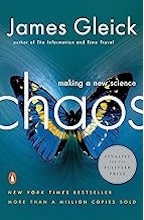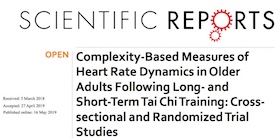A new variant of the electromagnetic field theory of consciousness: approaches to empirical confirmation. PMC11527664.
Consciousness: Matter or EMF? PMC9889563
Consciousness and inward electromagnetic field interactions. PMC9714613.
Qualia and Phenomenal Consciousness Arise From the Information Structure of an Electromagnetic Field in the Brain. PMC9289677.
The Slowest Shared Resonance: A Review of Electromagnetic Field Oscillations Between Central and Peripheral Nervous Systems. PMC8888685.
Neural Correlates of Non-ordinary States of Consciousness in Pranayama Practitioners: The Role of Slow Nasal Breathing. PMC8977447.
The Easy Part of the Hard Problem: A Resonance Theory of Consciousness. PMC6834646.
The frequency architecture of brain and brain body oscillations: an analysis. PMC6668003.
The Clinical, Philosophical, Evolutionary and Mathematical Machinery of Consciousness: An Analytic Dissection of the Field Theories and a Consilience of Ideas. PMC7813534.
Magnetic correlates in electromagnetic consciousness. PMID: 27049696.
The entropic brain: a theory of conscious states informed by neuroimaging research with psychedelic drugs. PMC3909994.
Integrating information in the brain's EM field: the cemi field theory of consciousness. PMC7507405.
The CEMI field theory: Closing the loop. PDF.
Synchronous Firing and Its Influence on the Brain’s Electromagnetic Field. PDF. 
The Conscious Electromagnetic Information (Cemi) Field Theory: The Hard Problem Made Easy? PDF.




